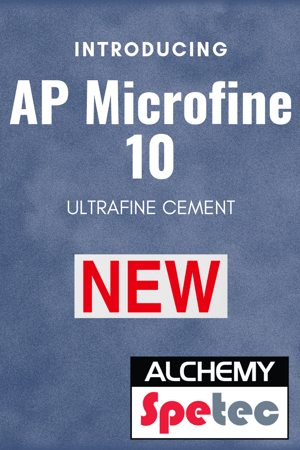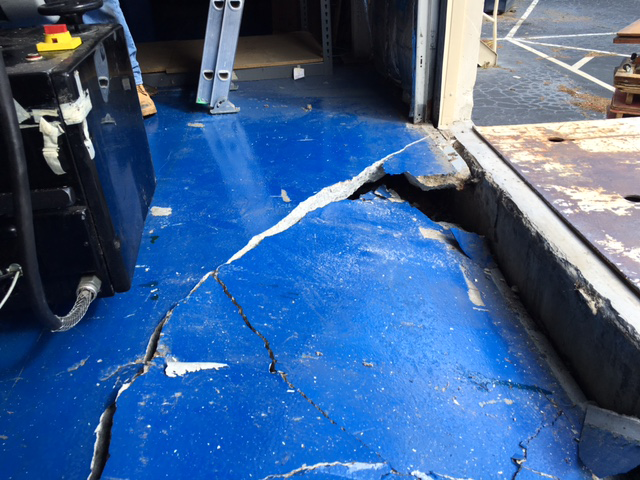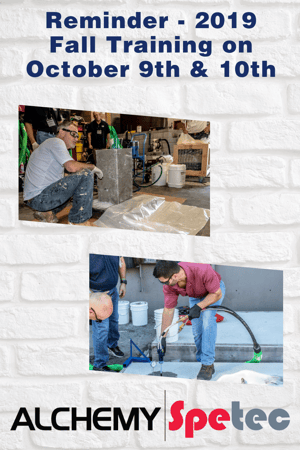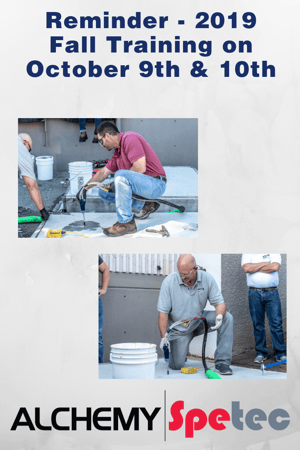
.png?width=300&name=Copy%20of%20Blog%20Alchemy-Spetec%20Customized%20Estimate%20Rocket%20Software%20for%20Your%20Slab%20Lifting%20Business%20(1).png) Alchemy-Spetec is offers a customized version of the popular Estimate Rocket invoicing, client management and CRM tool for contractors. The custom version includes material estimating calculators for Alchemy-Spetec geotech polyurethanes. These calculators make it easy to figure out the amount of material you'll need for any given job. Sign up now via this Alchemy-Spetec link to get the customized version! (Visiting the Estimate Rocket site in any manner aside from the links we provide will get you the generic, non-customized version.)
Alchemy-Spetec is offers a customized version of the popular Estimate Rocket invoicing, client management and CRM tool for contractors. The custom version includes material estimating calculators for Alchemy-Spetec geotech polyurethanes. These calculators make it easy to figure out the amount of material you'll need for any given job. Sign up now via this Alchemy-Spetec link to get the customized version! (Visiting the Estimate Rocket site in any manner aside from the links we provide will get you the generic, non-customized version.)
Paperless Workflow
Creating impressive proposals has never been easier with Estimate Rocket’s easy-to-use business templates. Leave a lasting impression with professional paperless estimates and invoices you can create and deliver to clients in seconds.
Job & Client Management
Keep your clients most important information organized and at your fingertips 24/7. The system automatically saves and organizes current and previous jobs, contact information, notes, and more.
Powerful CRM Tools
Stay connected with customer relationship management tools that keep you more responsive than ever before. Automated reminders and appointment scheduling let you know when to take action. Automated Follow-Ups stay in touch with your customers automatically.
Team Collaboration
Bring your entire team with an easy to use web-portal where crews can view appointments, field estimators can build estimates, and accountants can send out invoices.
Financial Reports
View up to the minute reports and know exactly where every job stands. Advanced reporting gives greater depth with detailed job statistics. Easily export to QuickBooks or other accounting software that imports CSV files.
Access on Any Device
Whether you’re on site with a customer or back in the office, you always have complete access to all features. Estimate Rocket works on Mac, PC, iOS, Android, Blackberry and any other web-enabled device.
AS Material Estimation Calculators
As mentioned previously, the Alchemy-Spetec customized version of Estimate Rocket features AS geotech material estimation calculators built in!


.png?width=899&name=2019%20Fall%20Training%20on%20Oct%209th%20%26%2010th%20-%20Register%20Before%20the%20Sep%2025th%20Deadline!%20(1).png)
.png?width=300&name=2019%20Fall%20Training%20on%20Oct%209th%20%26%2010th%20-%20Register%20Before%20the%20Sep%2025th%20Deadline!%20(2).png)

.png?width=1400&name=Copy%20of%20Copy%20of%20Yellow%20MInimalist%20Natural%20Disaster%20_%20Emergency%20Response%20Poster%20(1).png)
.png?width=300&name=How%20to%20Donate%20to%20Hurricane%20Dorian%20Relief%20Efforts%20in%20the%20Bahamas%20(2).png) If you've been following the news lately, you are well aware of the devastation caused in the Bahamas by Hurricane Dorian. This disaster is hitting home with us here at Alchemy-Spetec, as one of our board members has friends in the Treasure Cay area who have been adversely affected. We would like to use today's blog post as an opportunity to provide information on how to donate to relief efforts for the Bahamas.
If you've been following the news lately, you are well aware of the devastation caused in the Bahamas by Hurricane Dorian. This disaster is hitting home with us here at Alchemy-Spetec, as one of our board members has friends in the Treasure Cay area who have been adversely affected. We would like to use today's blog post as an opportunity to provide information on how to donate to relief efforts for the Bahamas..png?width=1400&name=Attention%20Spray%20Foam%20Installers%20%20Alchemy-Spetec%20Seeking%20Geotechnical%20Services%20Representative%20(1).png)
.png?width=300&name=Attention%20Spray%20Foam%20Installers%20%20Alchemy-Spetec%20Seeking%20Geotechnical%20Services%20Representative%20(3).png) Alchemy-Spetec Seeks Field and Phone Support Technician
Alchemy-Spetec Seeks Field and Phone Support Technician.png?width=1400&name=Introducing%20AP%20Microfine%2010%20(1).png)
 A Microfine Cement from Alchemy-Spetec
A Microfine Cement from Alchemy-Spetec
.png?width=1400&name=Showroom%20Floor%20Slab%20Repair%20(1).png)
.png?width=300&name=Showroom%20Floor%20Slab%20Repair%20(2).png) Concrete Leveling & Stabilization for Showroom Floors
Concrete Leveling & Stabilization for Showroom Floors

.png?width=300&name=Loading%20Dock%20Slab%20Repair%20(1).png)


-2.png?width=1400&name=Reminder%20-%202019%20Fall%20Training%20on%20October%209th%20%26%2010th%20(1)-2.png)

.png?width=1400&name=Copy%20of%20The%20Best%20Pump%20for%20Joint%20Filling%20(1).png)


-1.png?width=1400&name=Reminder%20-%202019%20Fall%20Training%20on%20October%209th%20%26%2010th%20(1)-1.png)

